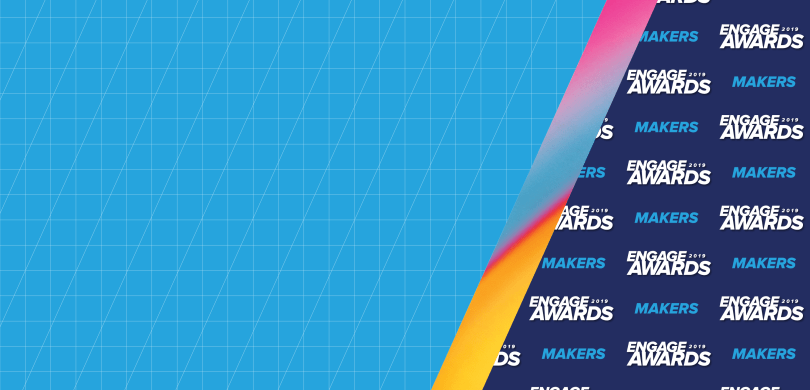The Client
Founded in 1877, the Museum of Art, Rhode Island School of Design (RISD Museum) is the 20th largest art museum in the United States. The RISD Museum features a collection of about 100,000 objects from around the world, including ancient Egypt, Asia, Africa, ancient Greece and Rome, Europe and the Americas.
The Situation
The RISD Museum, like many cultural institutions, wanted to increase attendance and philanthropic support. But the museum also needed to continue distinguishing itself from how other institutes operate and begin to shift its focus to its artist audience.
The Challenge
With a desire to help influence artists—and have them challenge the design status quo — the museum’s collection had been openly sourced through Creative Commons. But its previous website didn’t let the artwork take center stage, and site visitors had difficulty accessing data about a specific object, publication or exhibition.
The Solution
The RISD Museum worked with Oomph to embark on its website redesign project, reinventing what it means to be a 21st century museum in the digital world. The redesign and replatform to an open-source system underscored the museum's new commitment to open source its entire collection online in the coming years. Simplicity was the design mantra, allowing the work to be the star of the site, and messages were reduced to their essence, creating straightforward pathways through the site for the different types of users.
The Results
A redesign project of this magnitude requires the entire organization to think differently about how they used to function as a museum and reframe instead as how they want to function in the future. This project was a catalyst for the museum to assess their programming, curation, publications, exhibitions, and collections — the entire museum.
The new site has seen a number of quantifiable improvements, including:
- Increased Accessibility: WCAG 2.0 Compliant
- Mobile-first and responsive design
- Increased page views
- Decreased bounce rate
- Increased pages per session
- Increased average session duration
Additionally, the museum website was a finalist for the 2019 Webby Awards.


